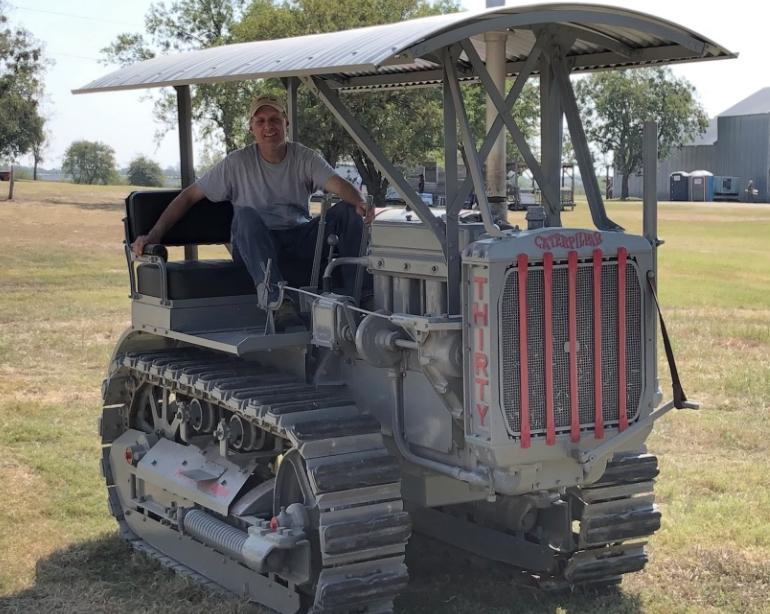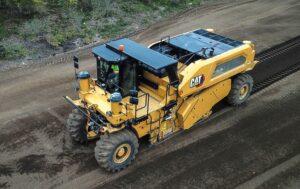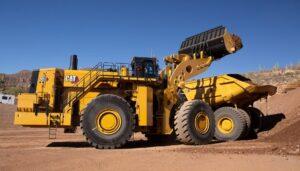Staring at the image of a weathered 1929 Caterpillar Thirty nestled in a Garland, Texas field, Tom Pfieffer could only envision possessing it one day.
Among a collection of antique machinery, the Cat Thirty had been noticed by an acquaintance. This person affixed a message to the owner’s residence, conveying Pfieffer’s desire to acquire the tractor. After leaving subsequent notes, the friend finally received a response.
“Regrettably, no,” responded the proprietor. He explained that he and his son had recently refurbished it for participation in a parade, and their inclination was to hold onto it rather than sell.
Pfieffer retained the image of the Caterpillar Thirty on his computer. Uncommon in Texas, a region dominated by John Deere tractors, these old Cats had greater popularity in California and the Midwest. Nevertheless, two years down the road, Pfieffer’s wish for the Thirty would come true.
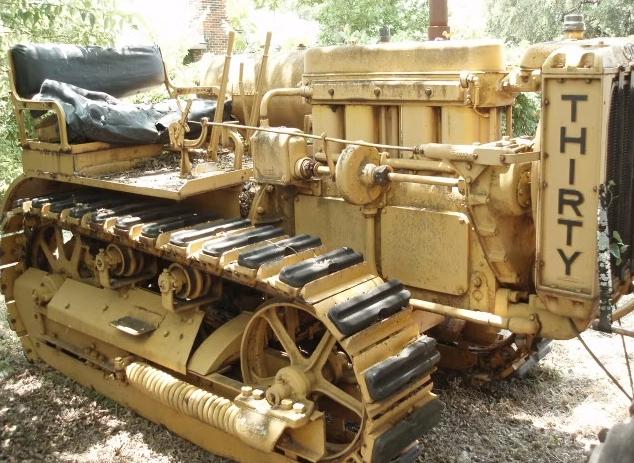
With 39 years of service at Holt Cat in Little Elm, Texas, Pfieffer holds the position of shop supervisor. His passion for vintage machinery is evident through his assortment of 10 classic pieces, which includes a 1929 Cat Ten, a pair of 1929 Cat Fifteens, a 1929 Cat Twenty, two 1935 diesel Cat Forty crawlers, and a 1947 D2. Among his collection is also a Holt Five-Ton, and he recently made the acquisition of a Cat No. 10 Auto Patrol grader.
“Old things and antiques have always held an appeal for me, making the collection of antique Caterpillars a natural choice,” he explains.
Additionally, he looks after Holt Cat’s assortment of vintage Holt crawler tractors.
“Among 3,000 employees, I appear to be the sole enthusiast for these machines,” he notes. “I assume the responsibility of their maintenance and care.”
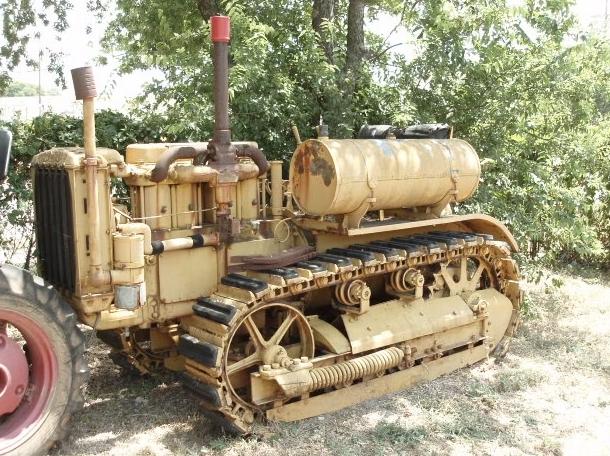
Roughly two years after his friend had shared information about the Thirty located in the field, Pfieffer received a call from a supervisor at a different Holt Cat store. The supervisor informed Pfieffer:
“There’s a woman I’m acquainted with, and her late husband was known to me. They operated a modest construction company and have a collection of older tractors they’re looking to sell. Given their vintage nature, I thought you might find them appealing.”
Pfieffer confirmed his interest without hesitation.
“He shared an image with me,” Pfieffer reminisces. “Surprisingly, it was nearly identical to the photograph of the Cat Thirty in that field.”
Following the owner’s passing, his wife decided to put it up for sale. Nevertheless, there was a degree of competition for its acquisition.
“I convinced her to sell it to me by assuring her of my intent to restore it to its former glory. I promised her that it would shine like new and be showcased at exhibitions,” Pfieffer explains. “And that’s precisely what I accomplished.”
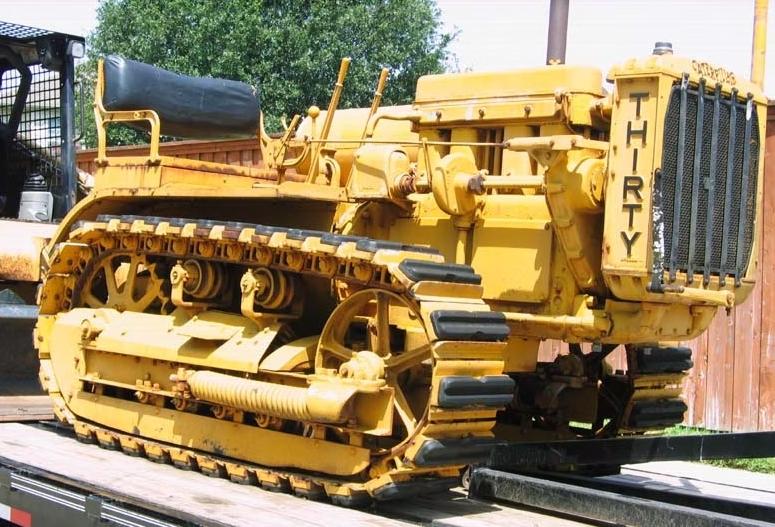
Initially, Pfieffer focused on reviving the aging Thirty by addressing issues with the carburetor, magneto, and gas tank.
“During the initial startup attempt, the compression was notably low due to the rings gripping the pistons tightly,” he recounts.
However, after a few minutes of operation, the compression gradually improved, subsequently facilitating smoother starts in subsequent attempts.
The initiation of the Thirty involves utilizing a hand crank located at its front. Pfieffer comments:
“There are moments when it can be quite challenging, yet typically, it comes to life after three or four cranks.”
The subsequent aspect that needed attention was its color scheme. The preceding owner had coated it in yellow, which diverged from its authentic hue. Any Caterpillar produced prior to December 7, 1931, sported a gray shade. Consequently, Pfieffer engaged a body shop proprietor experienced in painting vintage tractors to restore it to its original coloring.
Additionally, Pfieffer opted to incorporate a canopy, a prevalent choice during its era. Alongside two of his companions, who also possessed Thirties, they procured a template for the canopy construction. Crafted from angle iron and crowned with corrugated tin, each machine received its own canopy, fashioned by one of his friends.
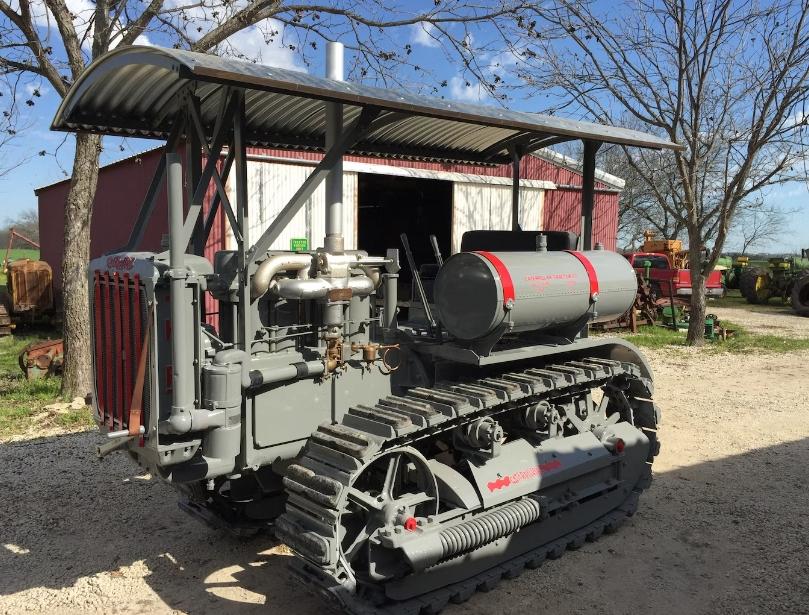
“Admittedly, there’s a considerable noise underneath it,” Pfieffer remarks. “However, the canopy manages to enhance the tractor’s overall appearance in a balanced manner.”
Pfieffer has upheld his commitment to the widow who entrusted him with the Thirty’s ownership. He stores the tractor at a tractor club located in Temple, Texas, and showcases it during exhibitions. Additionally, he and his daughter, Emily, who graduated as a mechanical engineer from Texas A&M, partake in events nationwide as enthusiastic attendees.
The classic Cats tend to capture audiences due to their relative rarity compared to the more frequently encountered antique Deere and other tractor models.
“They certainly garner a lot of attention,” he notes, “especially when it’s time to fire them up.”

